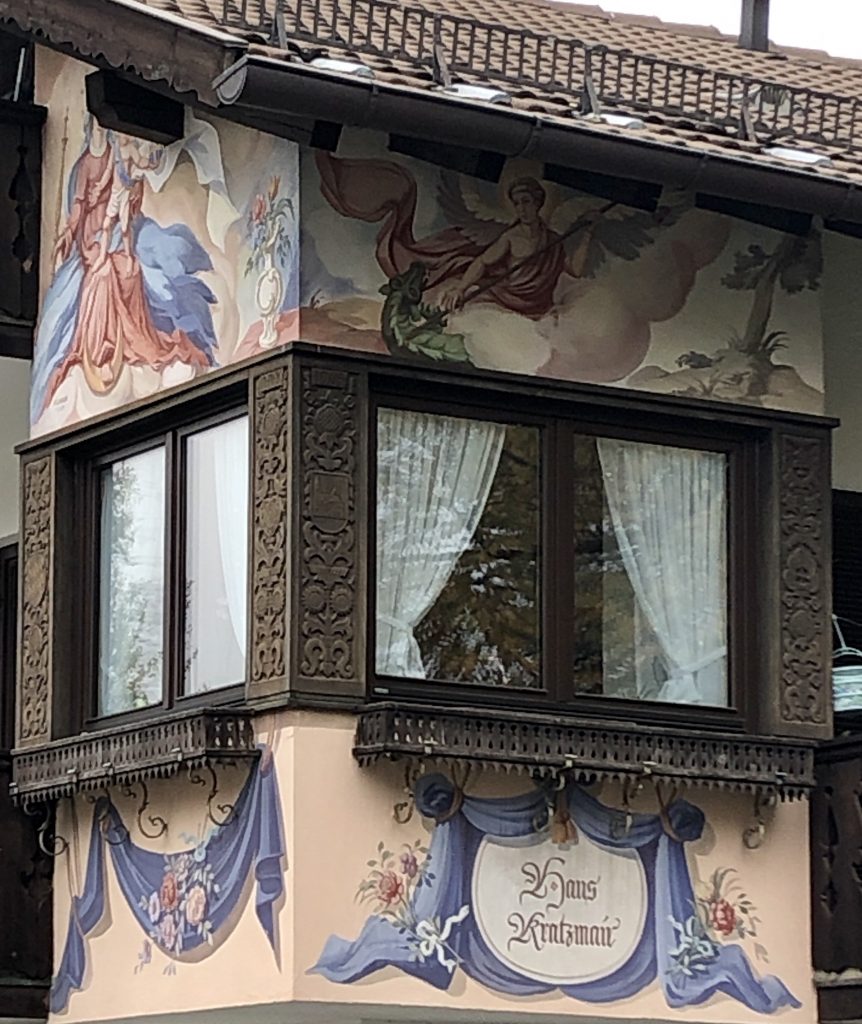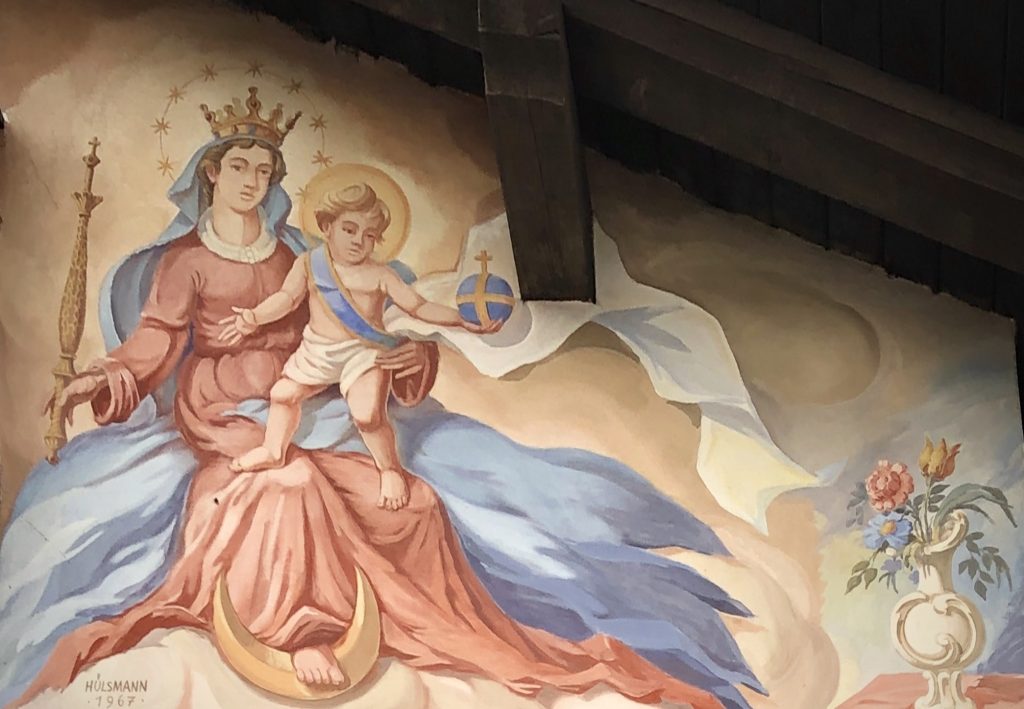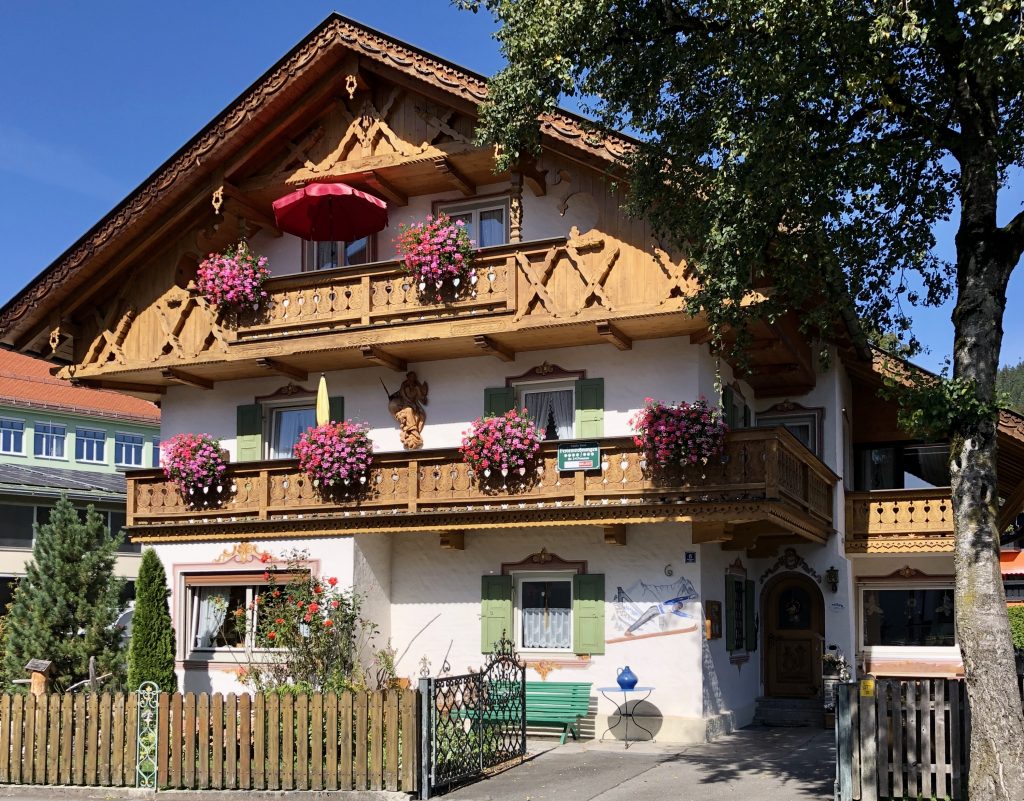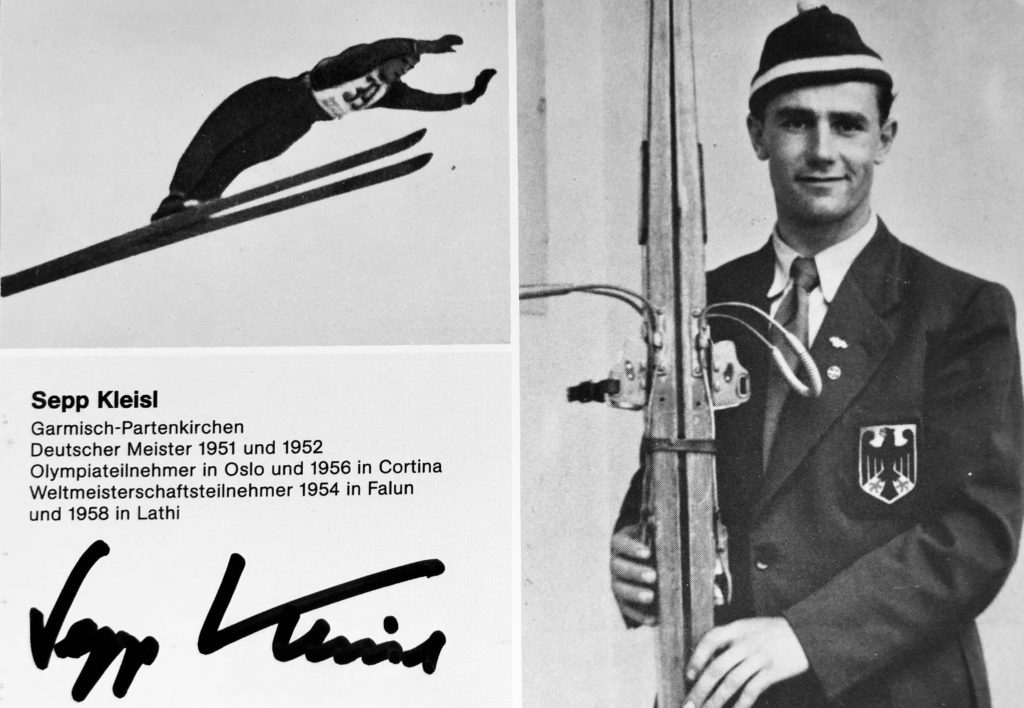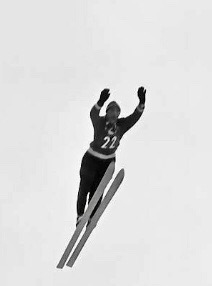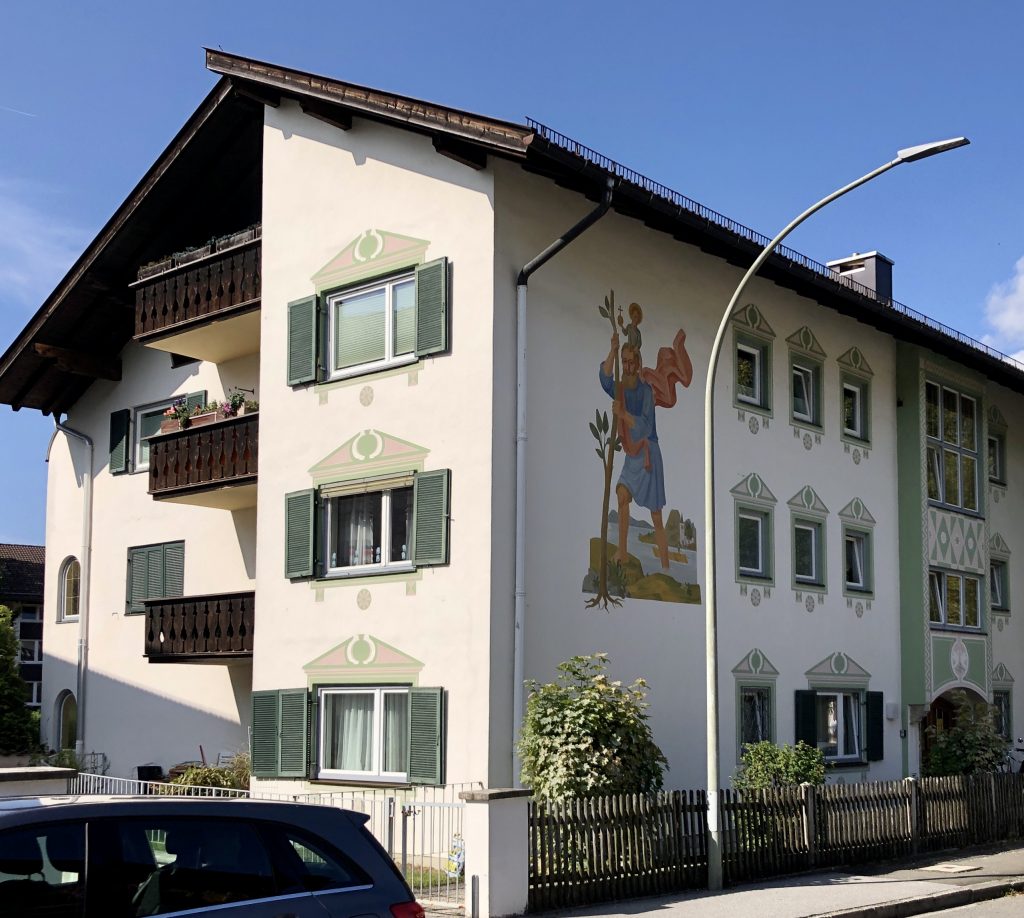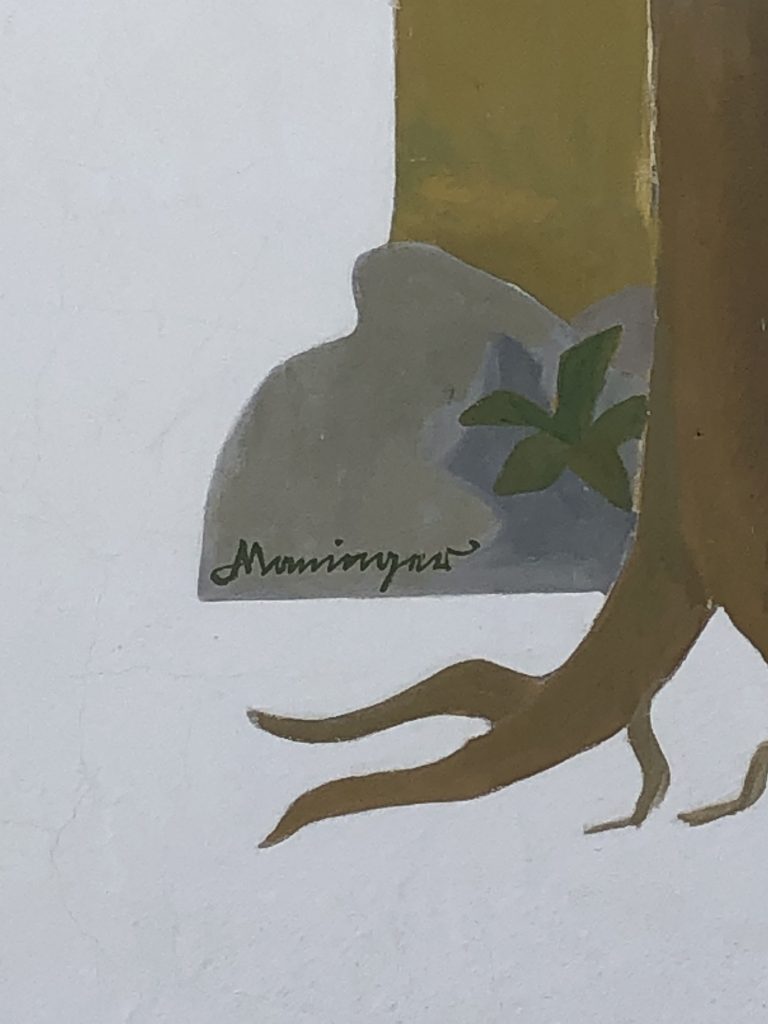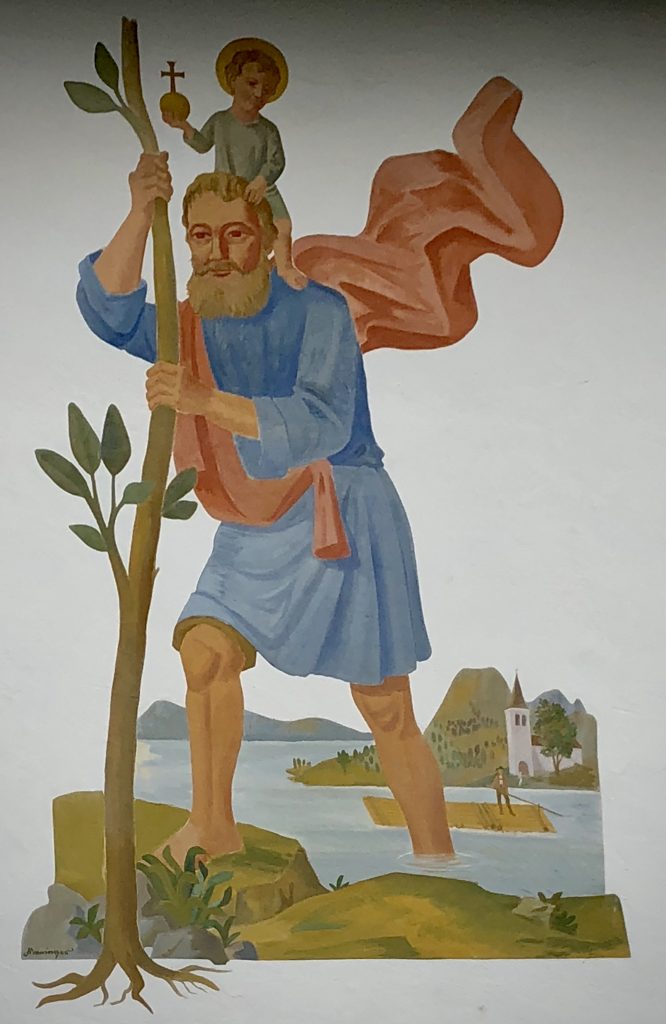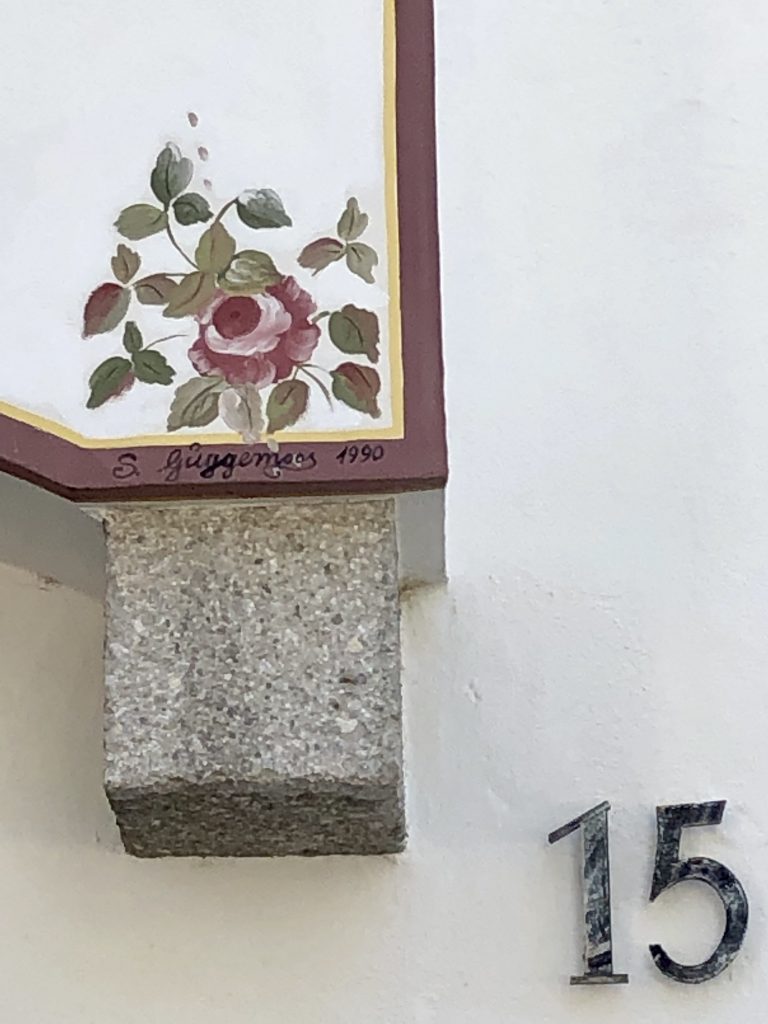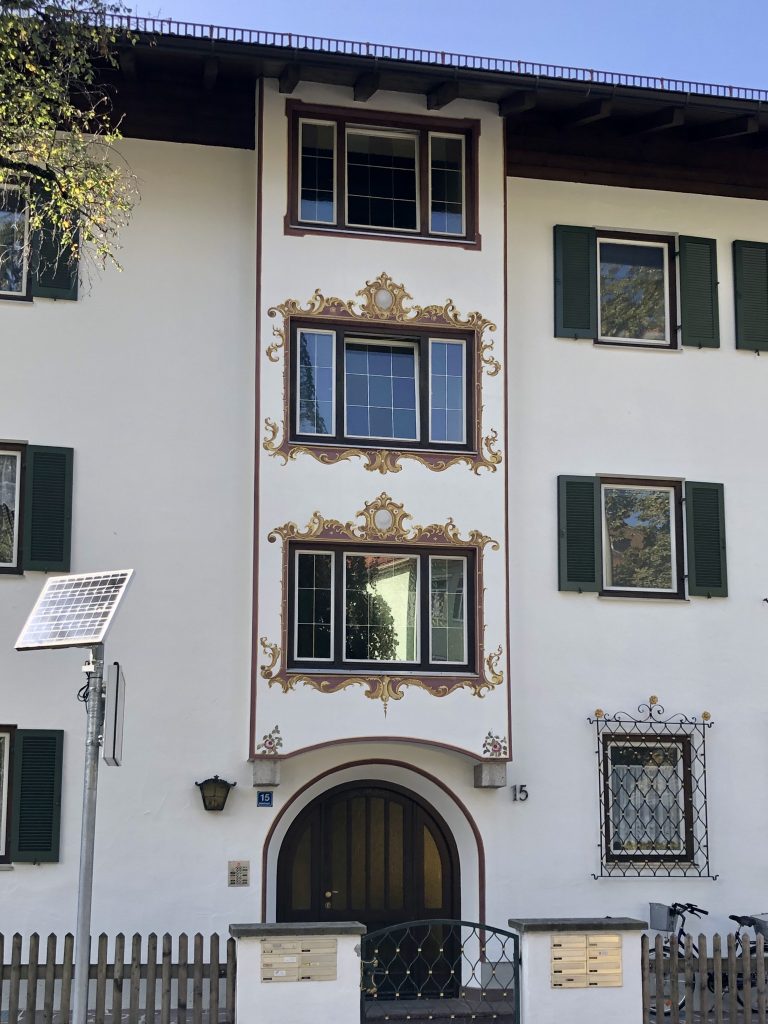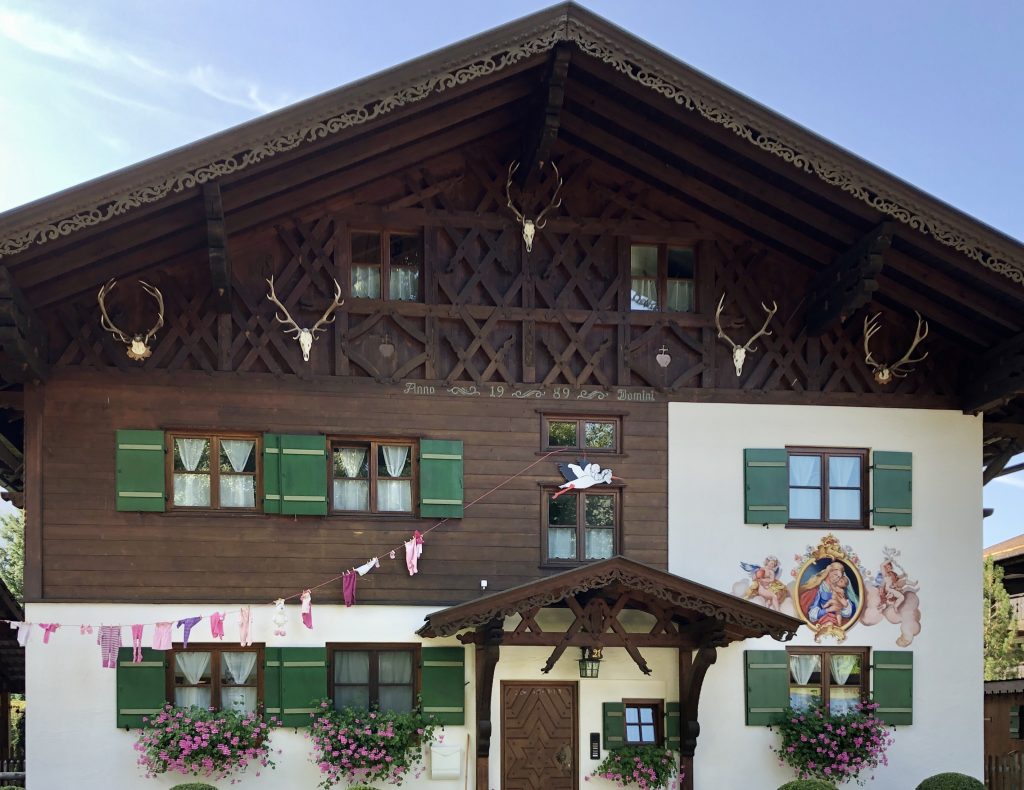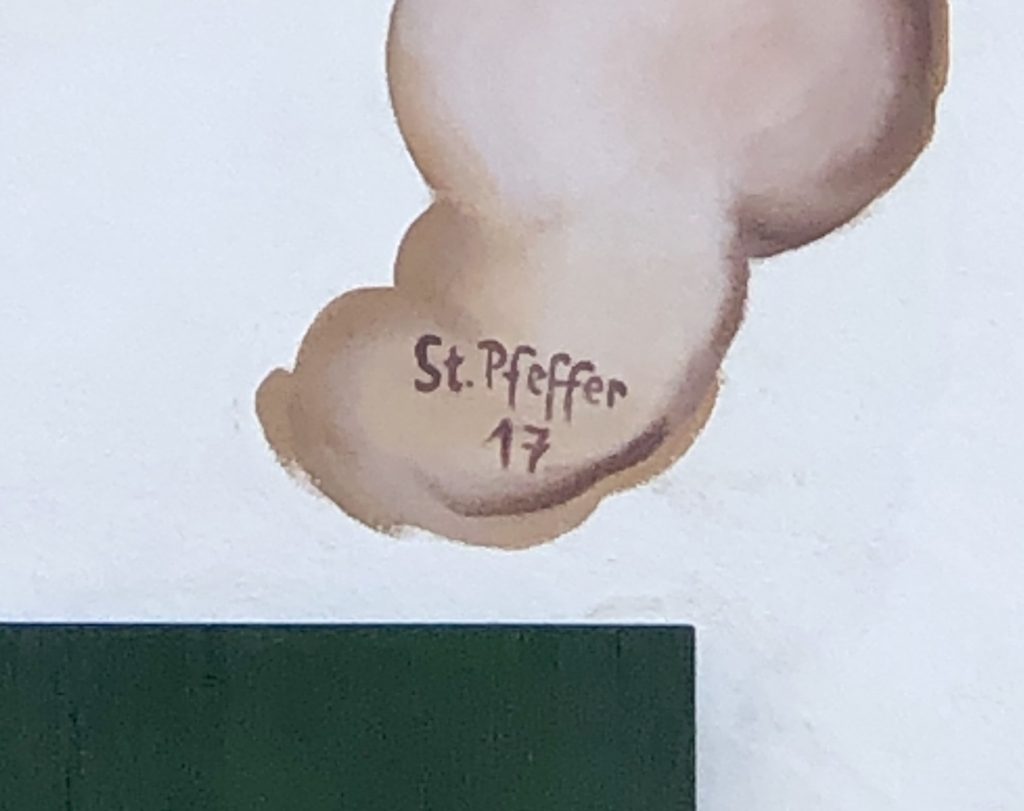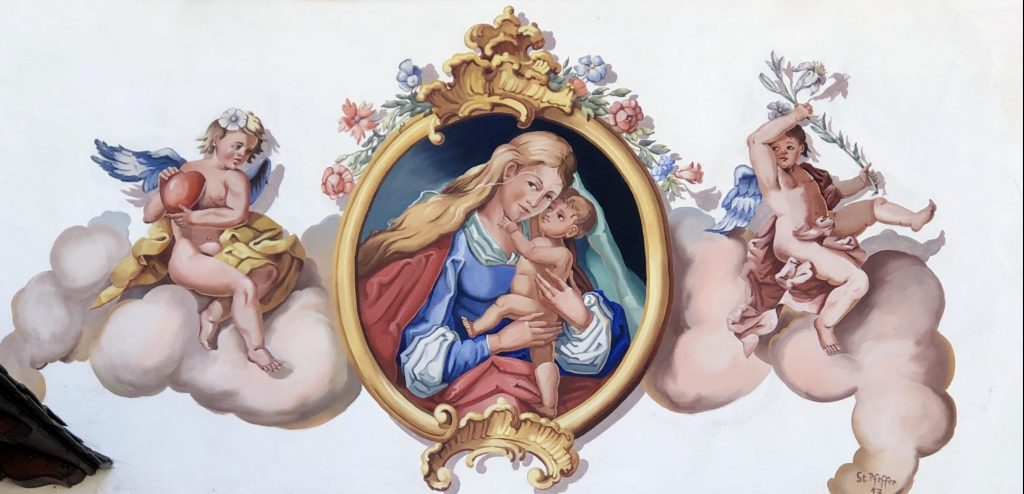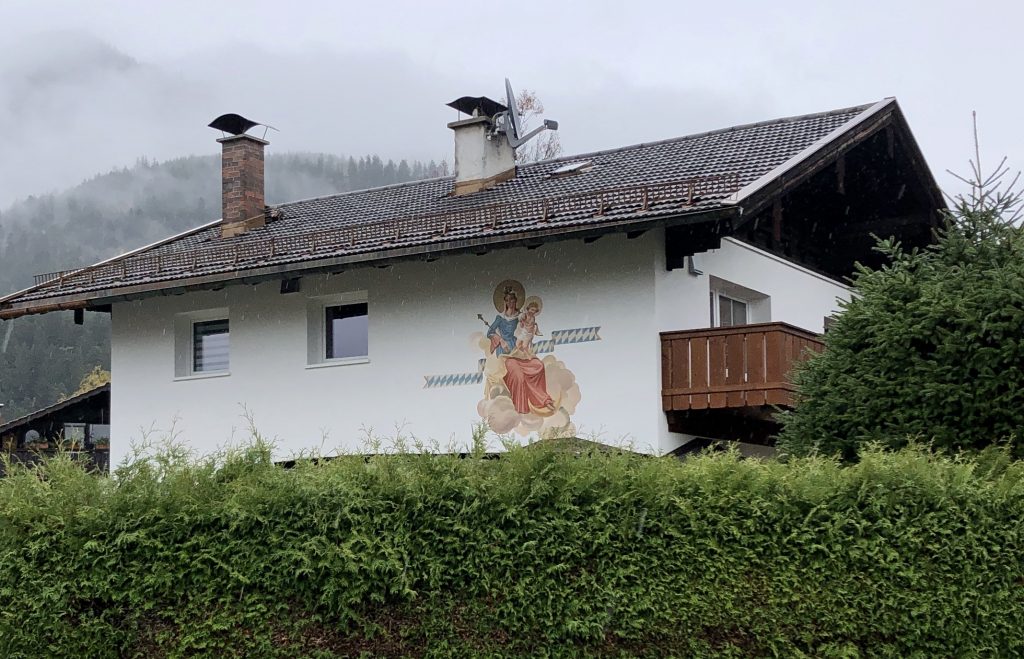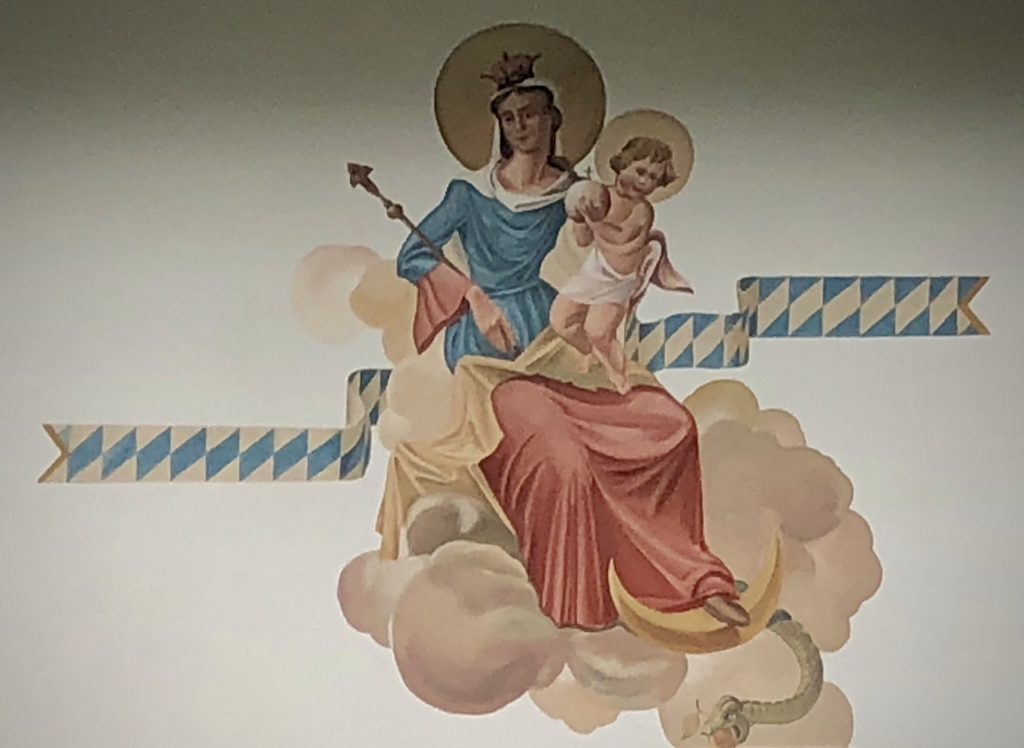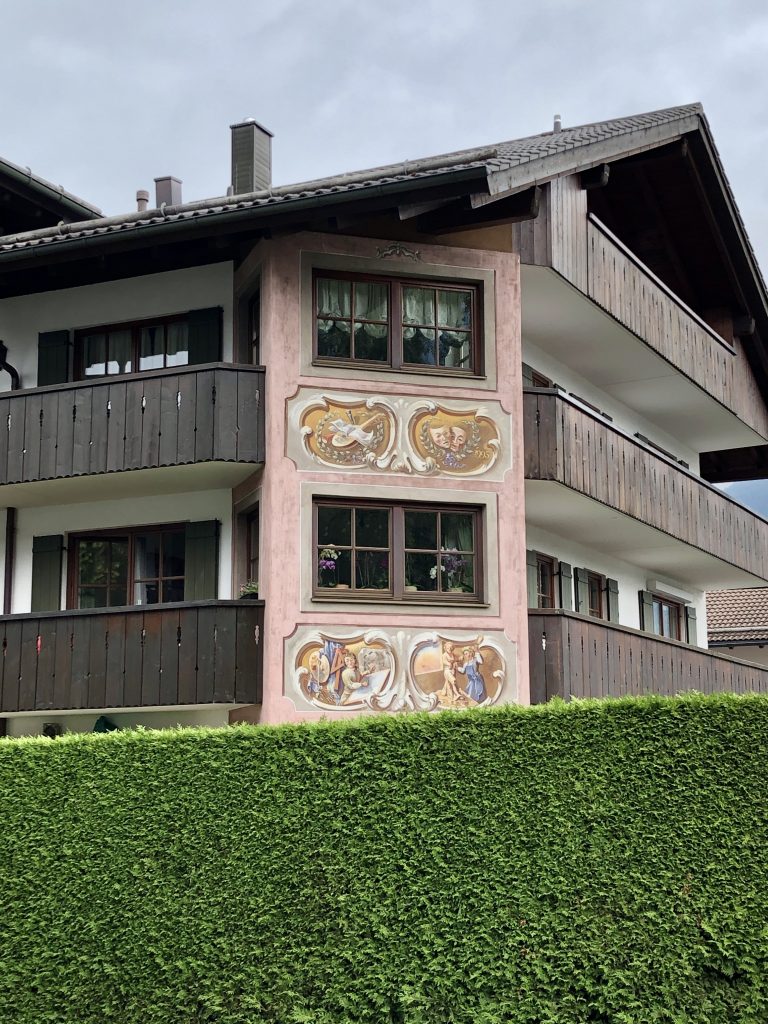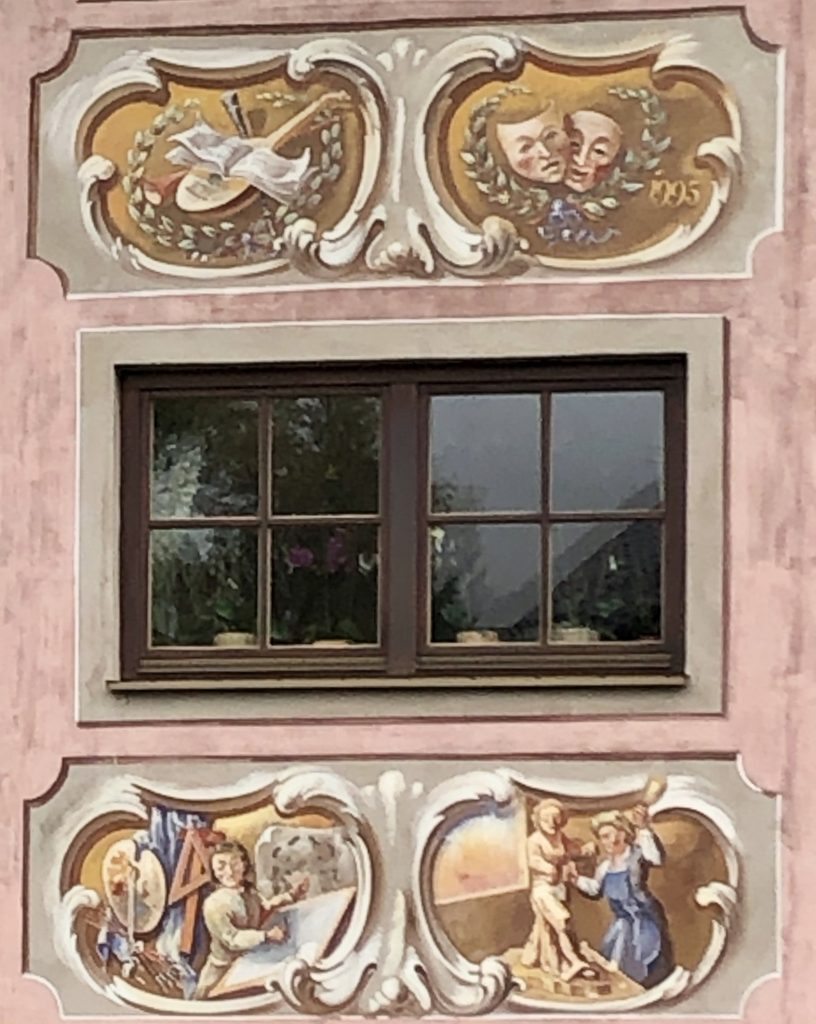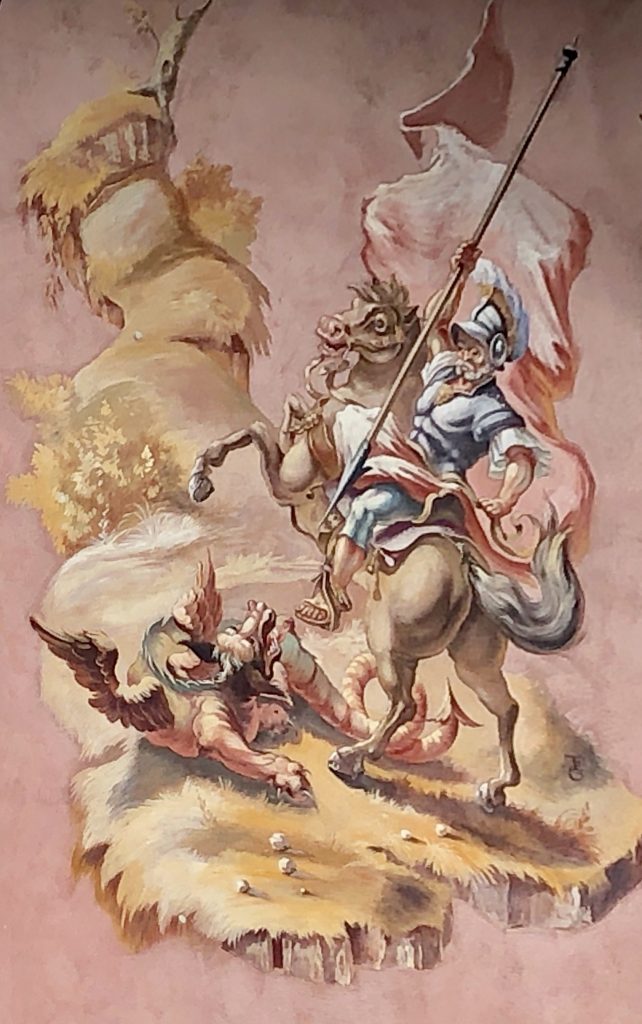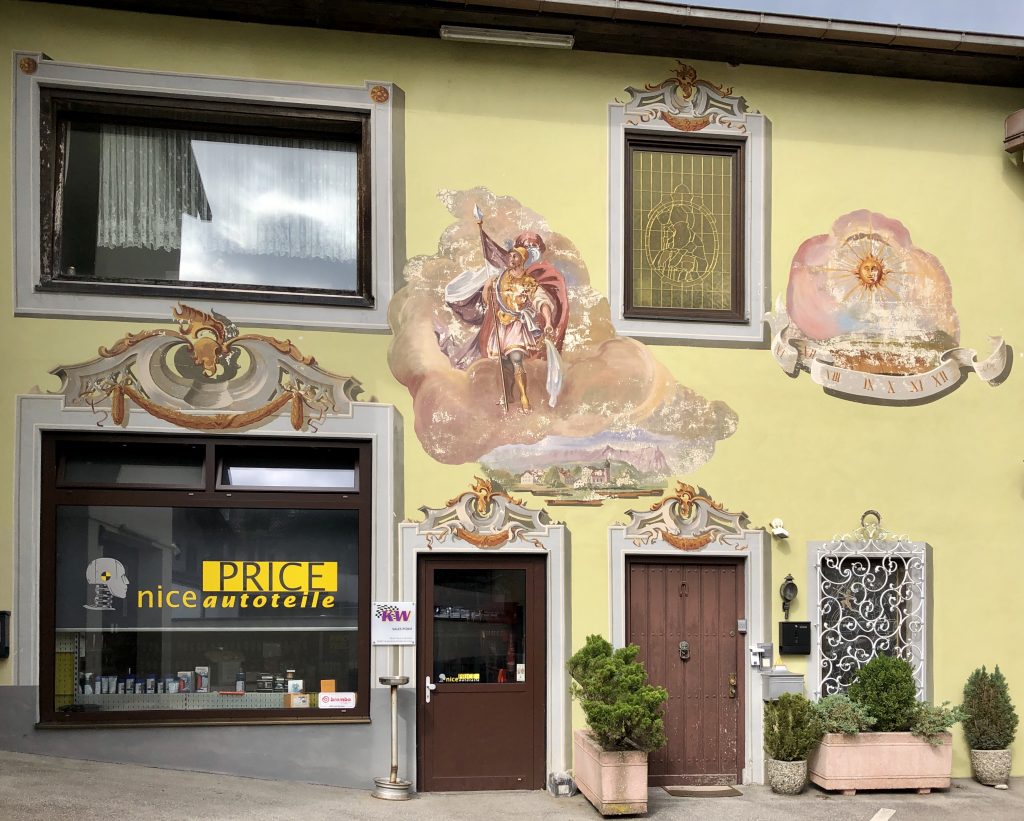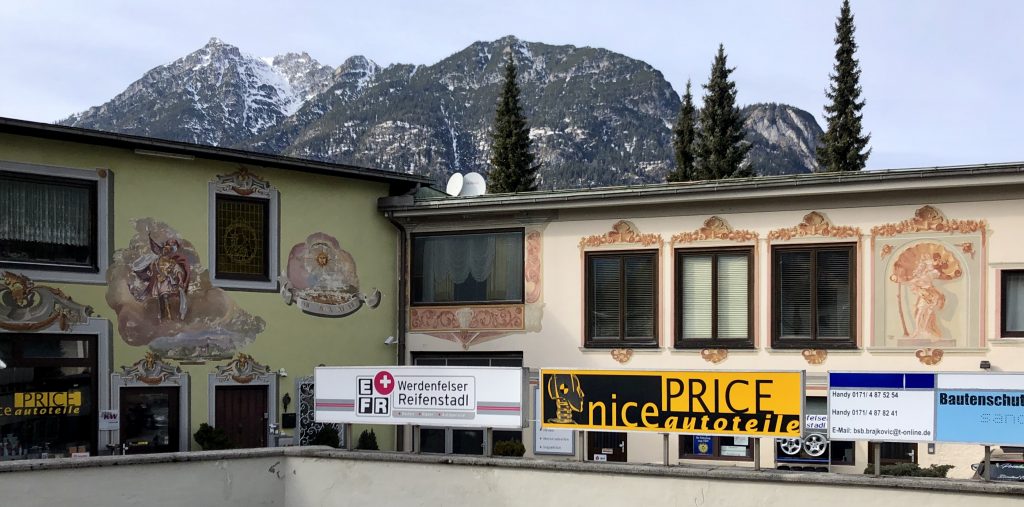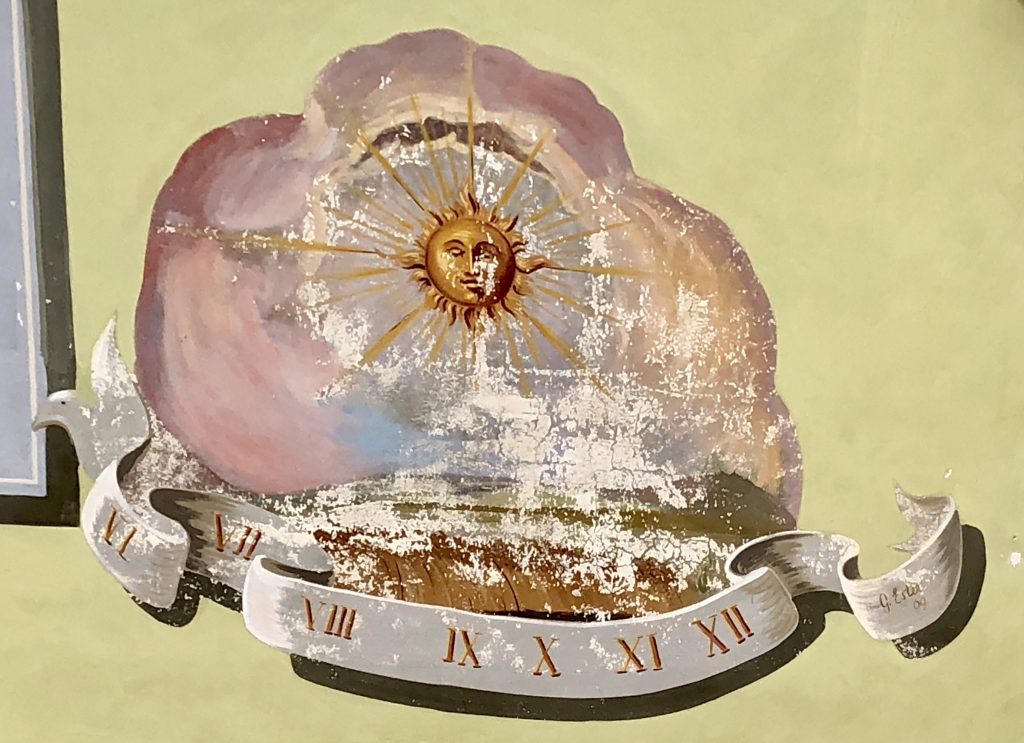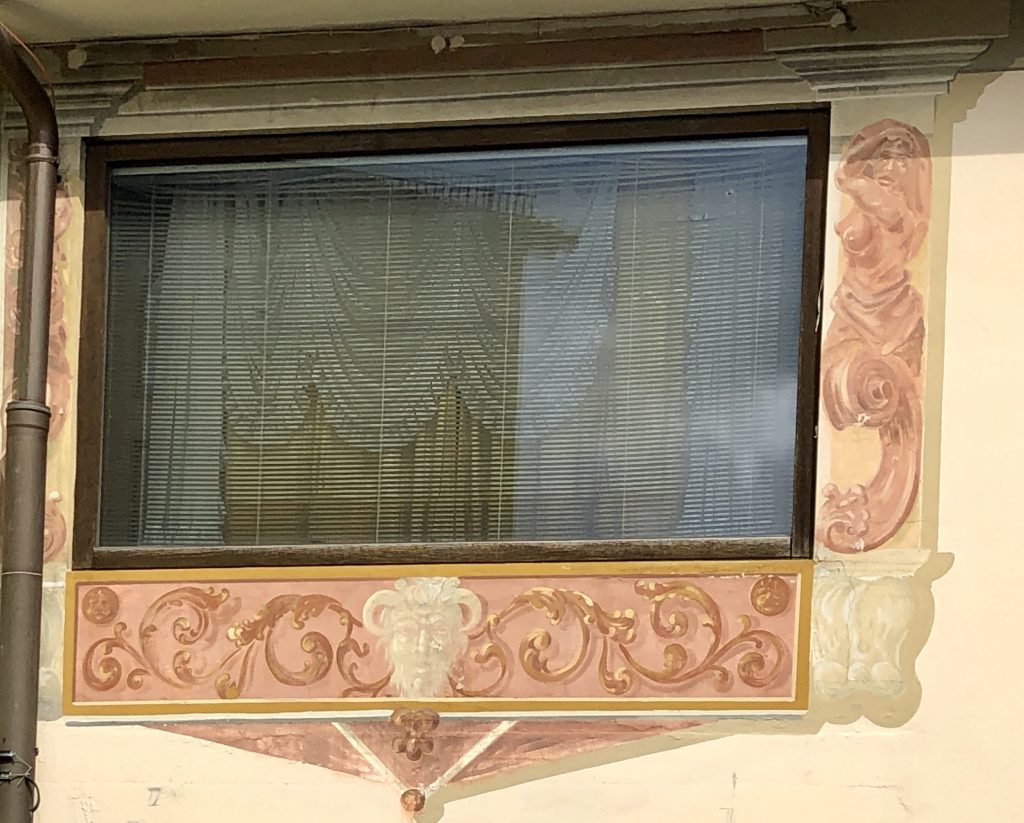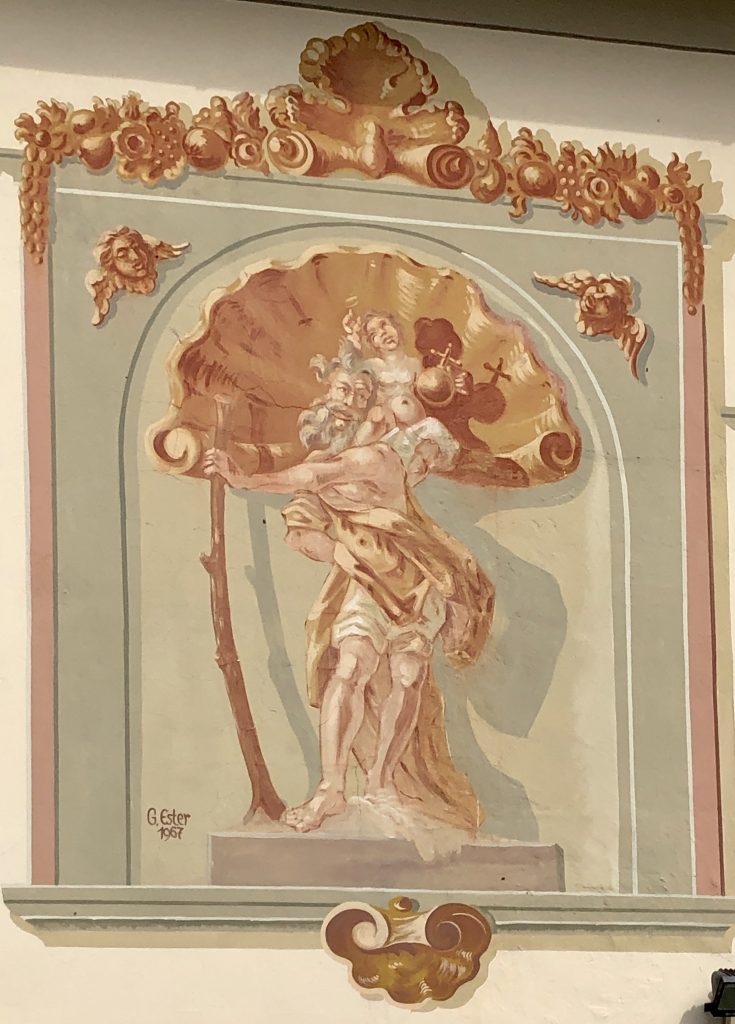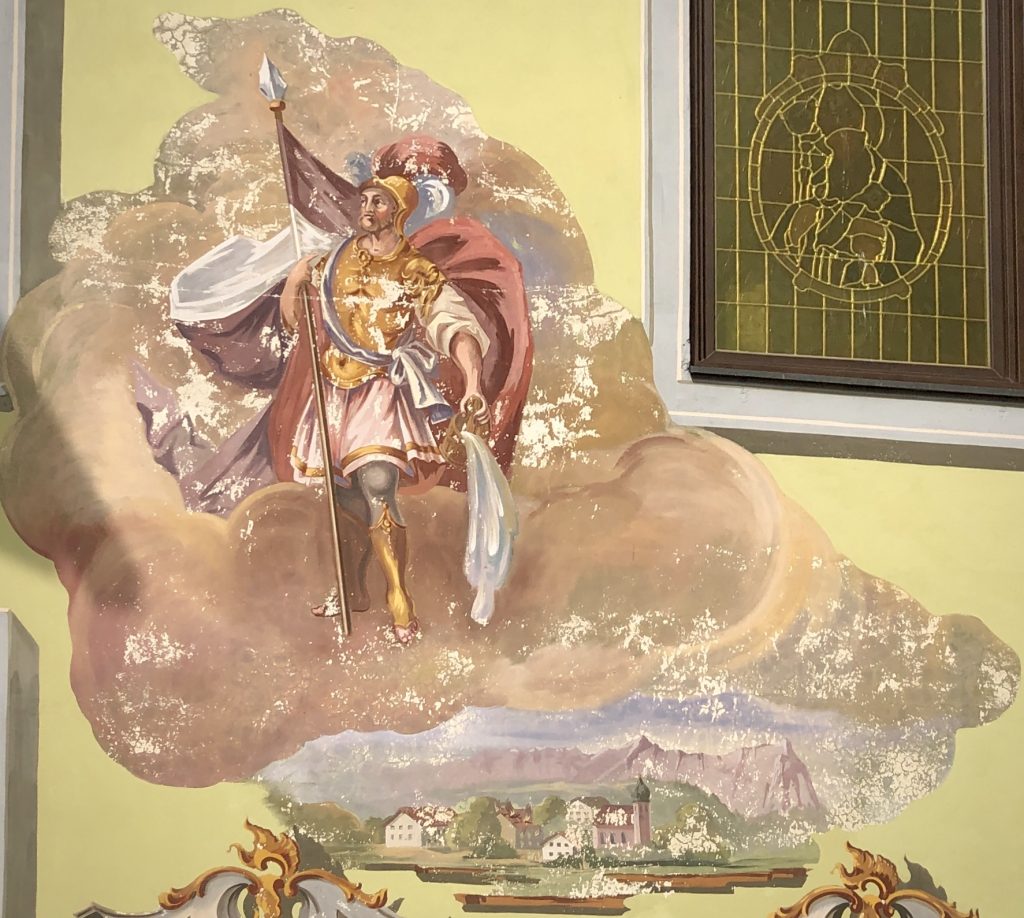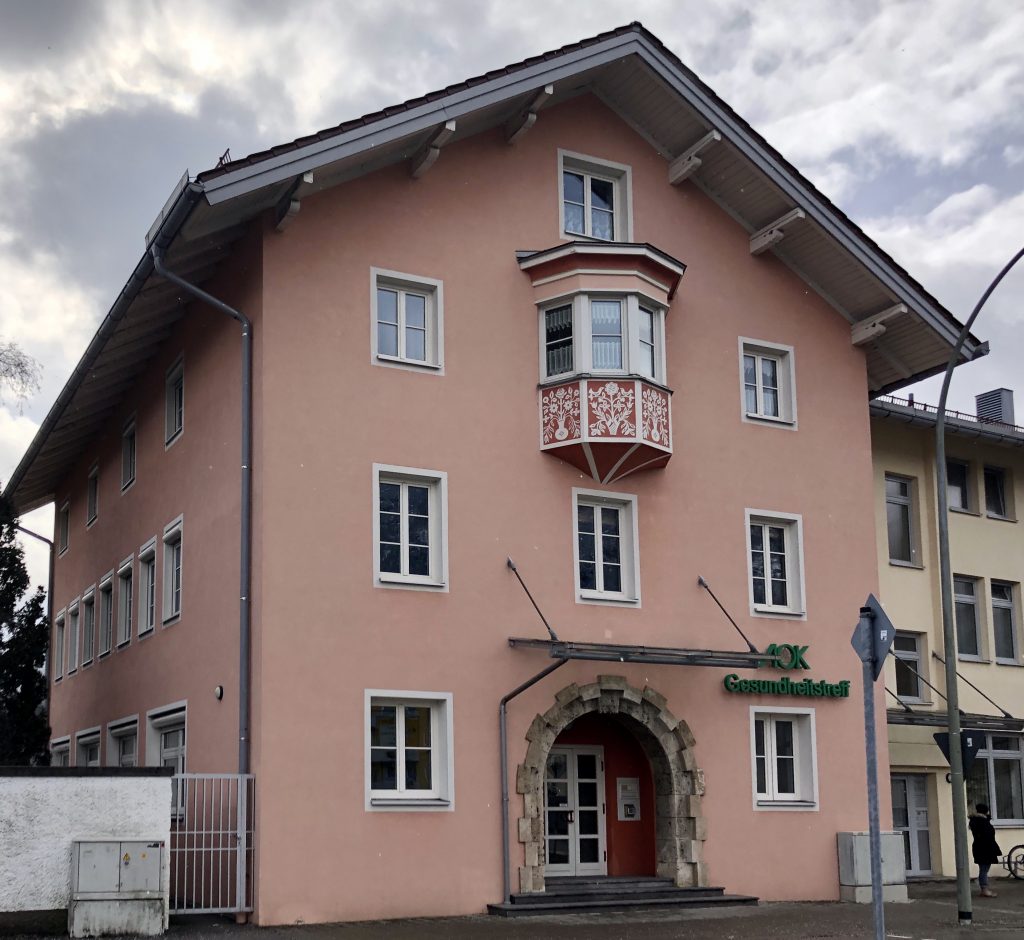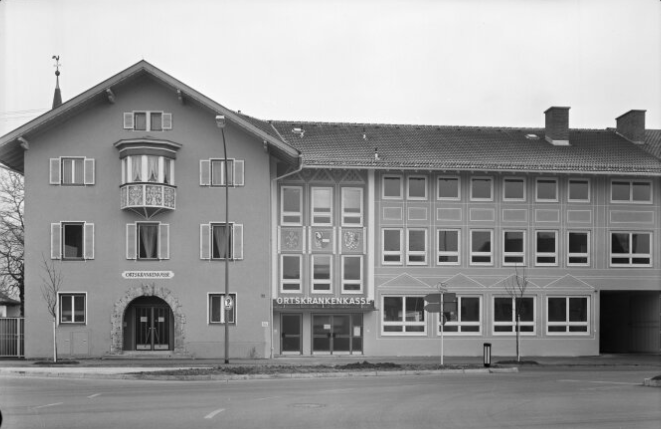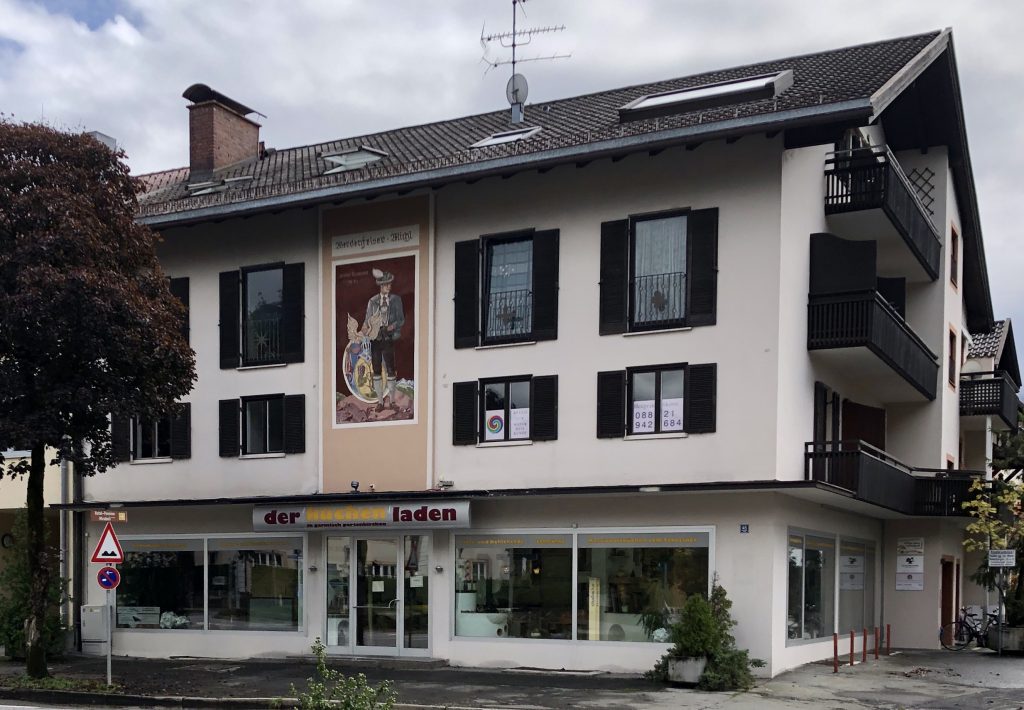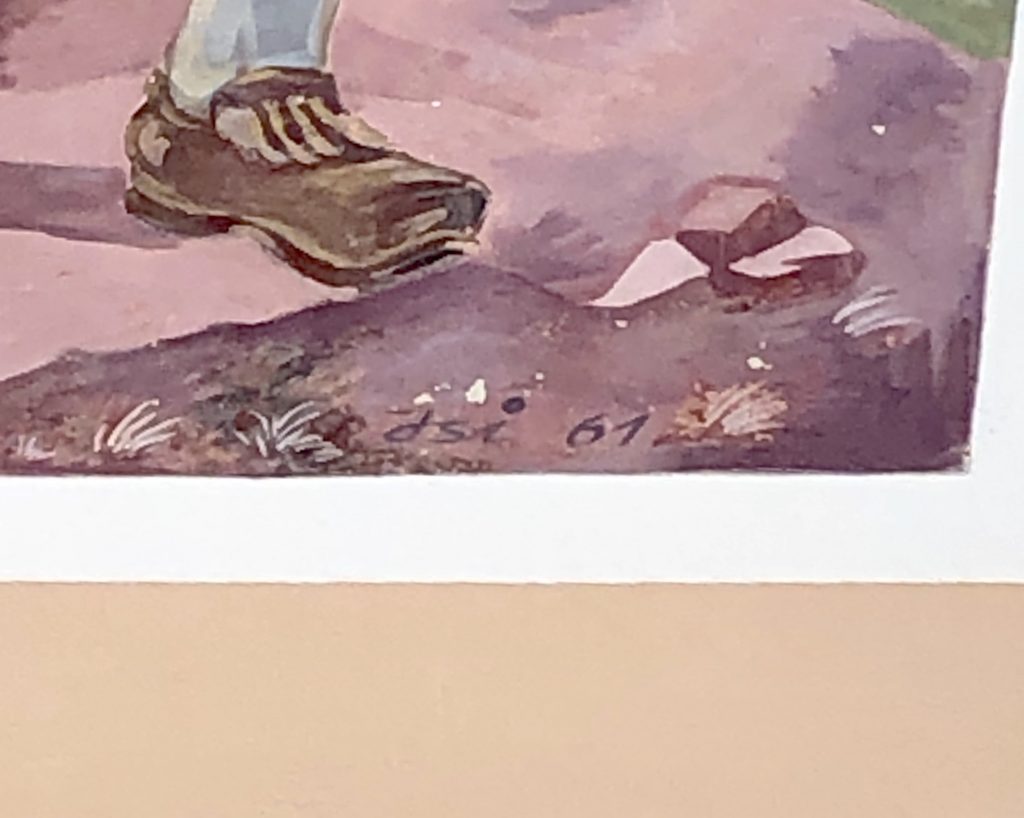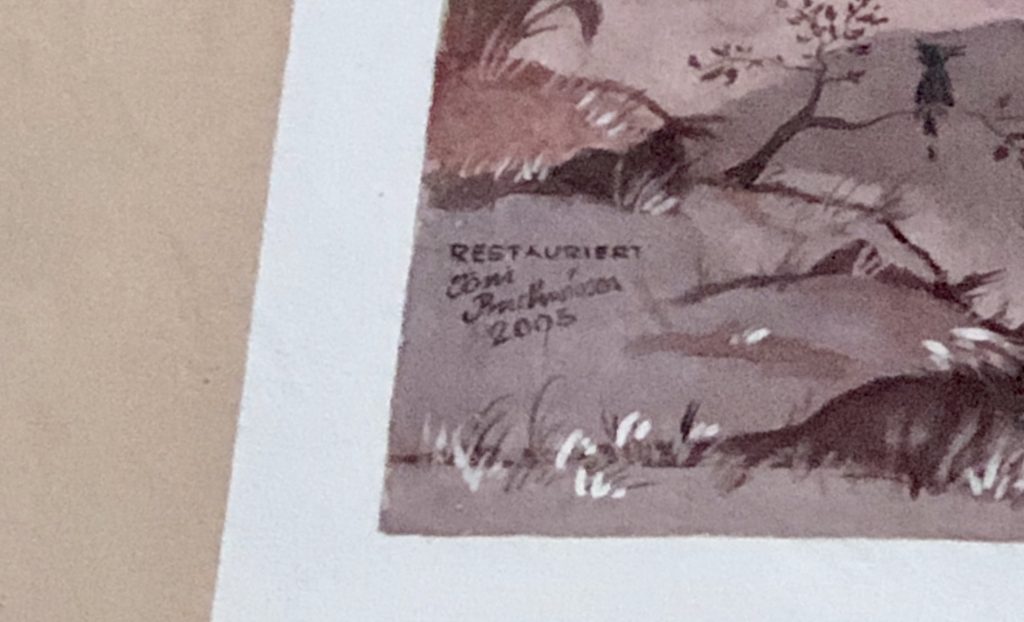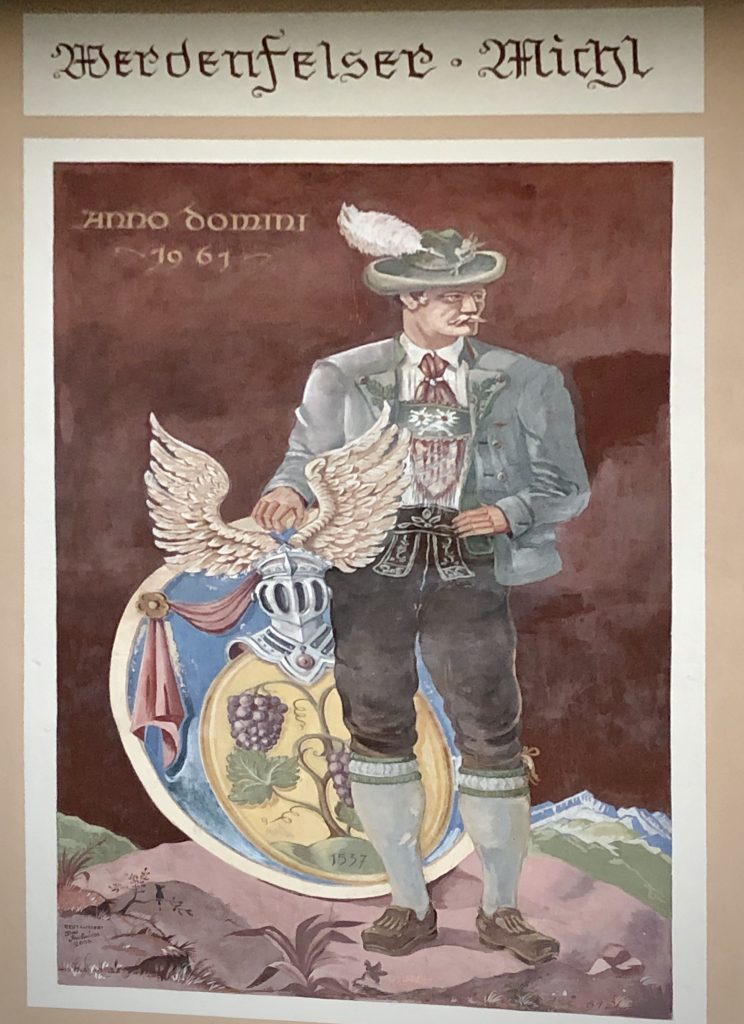- Kleisl, Anton. "AW: Frage zum Wandbild an der Außenwand Ihres Gebäudes in Garmisch-Partenkirchen". Message to the author. 24 March 2020, E-mail: "die Lüftlmalerei wurde auf meinen Wunsch 2011 von Karin Rudolf gemalt. Sie zeigt meinen Großvater beim Skispringen. Er war Skispringer und ist 2 olympische Winterspiele mitgesprungen (Cortina und Oslo). Die Abbildung zeigt ihn vor der alten Schanze mit dem alten Turm."
- Härtl, Rudolf. Heinrich Bickel - Der Freskenmaler von Werdenfels. Adam Verlag, 1990, p. 123: "A 15 Hindenburgstraße 24, Haus Stegmeier: Maria als Patrona Bavaria; 1932."
- Bierl, Hermann. "Garmisch-Partenkirchen und seine Lüftlmalereien." Mohr, Löwe, Raute. Beiträge zur Geschichte des Landkreises Garmisch-Partenkirchen, Band 18, Verein für Geschichte, Kunst- und Kulturgeschichte im Landkreis Garmisch-Partenkirchen, 2020, p. 124: "308 Hindenburgstraße 24 Himmelskönigin omaggra en Pickel 2018 nardiello.net".
- Härtl, Rudolf. Heinrich Bickel - Der Freskenmaler von Werdenfels. Adam Verlag, 1990, p. 123: "A 138 Hindenburgstraße 43, ehem. AOK: Hl. Georg als Drachentöter, Barmherz. Samariter; nach 1945."
Lüftlmalerei
A street by street guide to the fresco and facade paintings in the Garmisch-Partenkirchen district

